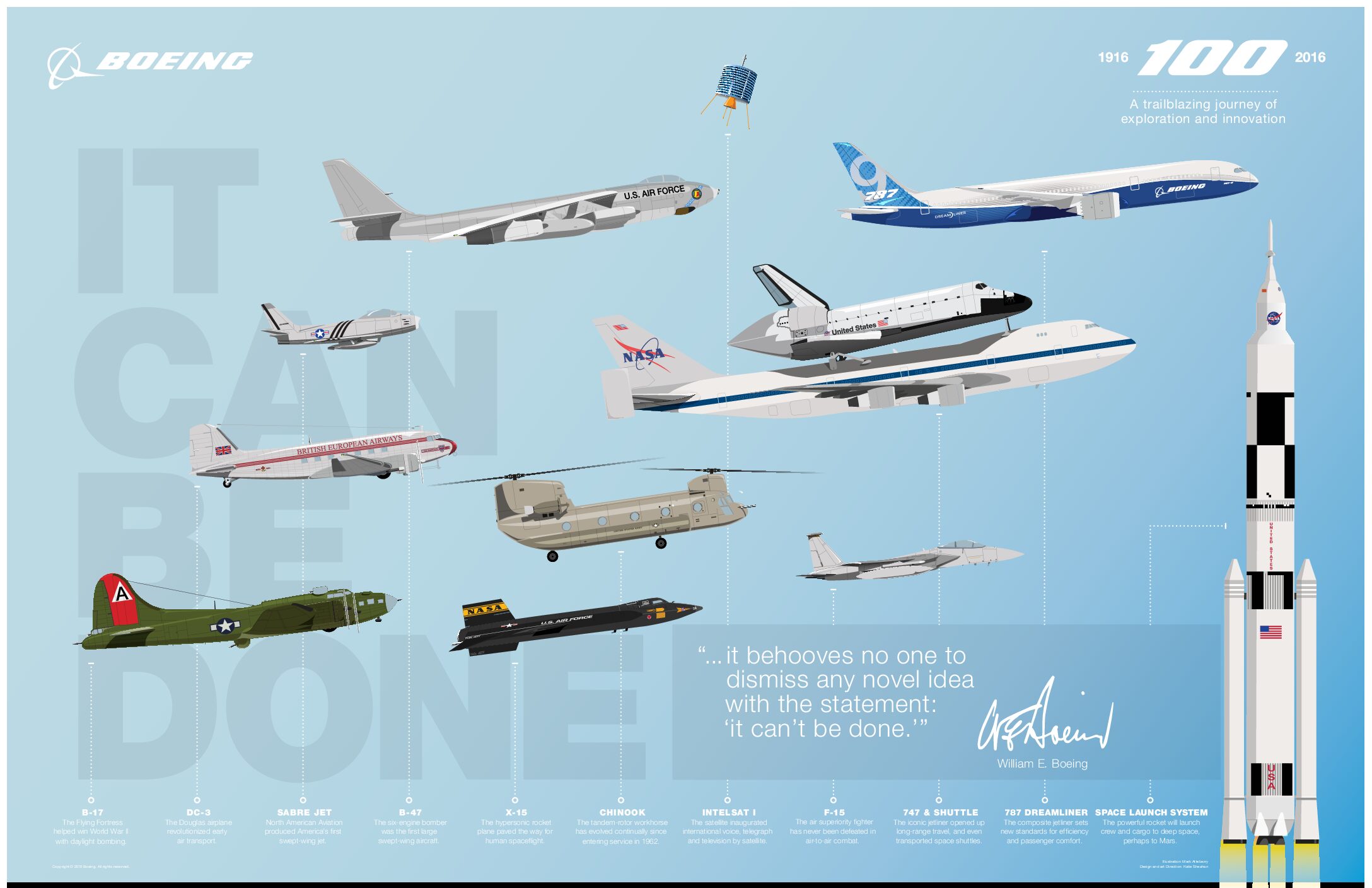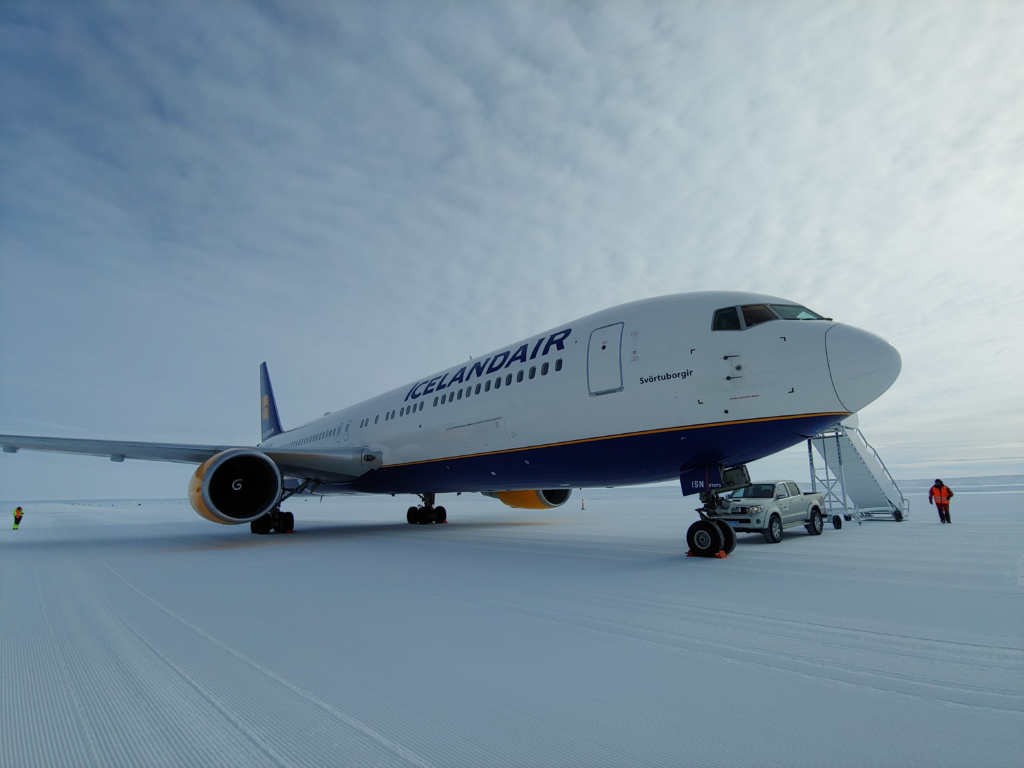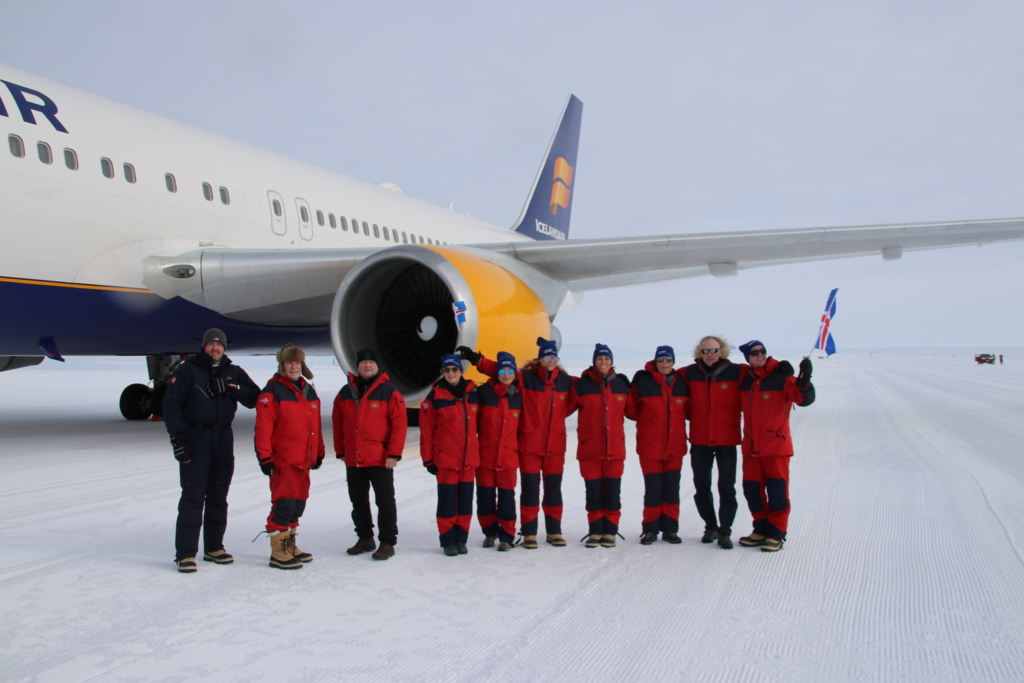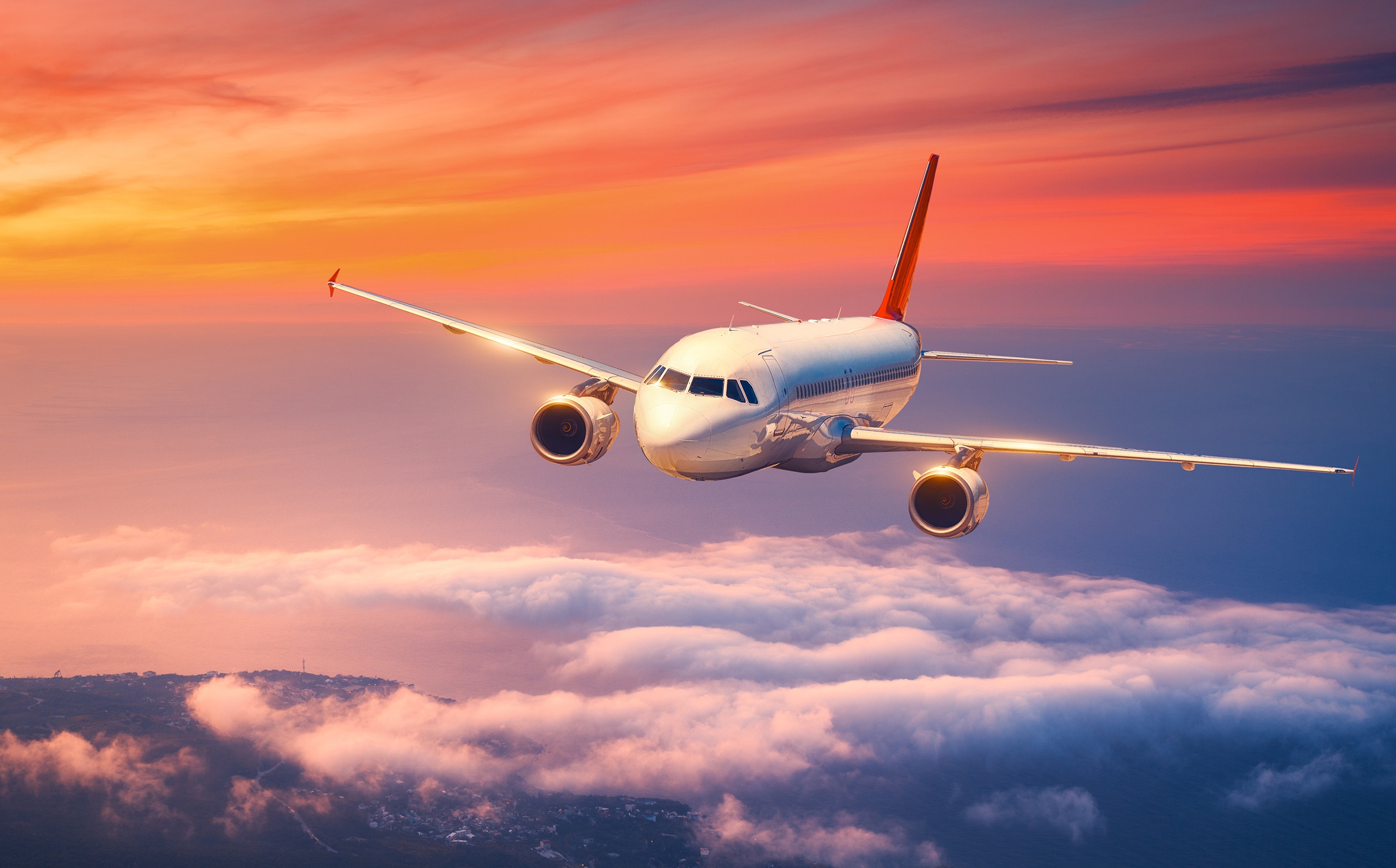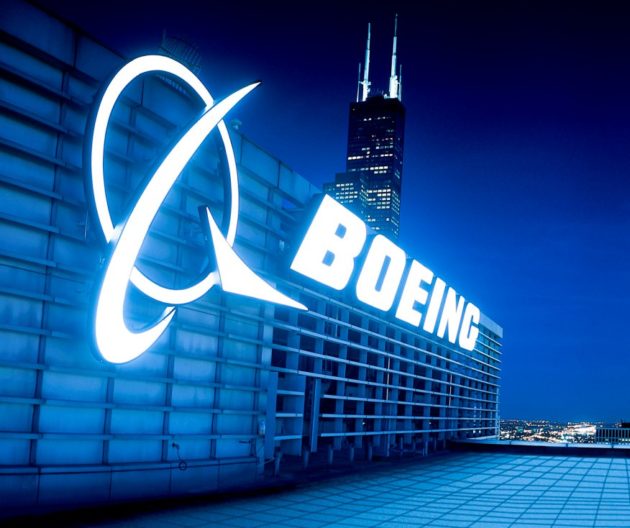The Boeing Company [NYSE: BA] announced today major program deliveries across its commercial and defense operations for the second quarter of 2021.
“We continue the work to deliver on our commitments to our commercial, defense, space and services customers, while positioning our business for a stable and strong recovery from the pandemic. In the second quarter, we made progress in safely returning the 737 MAX to service in more international markets and increasing the pace of 737 deliveries,” the company said.
As Boeing has previously shared, the company has been engaged in detailed discussions with the FAA on verification methodology for 787 fuselages, and conducting associated inspections and rework. In connection with these efforts, the company has identified additional rework that will be required on undelivered 787s. Based on our assessment of the time required to complete this work, Boeing is reprioritizing production resources for a few weeks to support the inspection and rework. As that work is performed, the 787 production rate will temporarily be lower than five per month and will gradually return to that rate. Boeing now expects to deliver fewer than half of the 787s currently in inventory this year.
“We will continue to take the necessary time to ensure Boeing airplanes meet the highest quality prior to delivery. Across the enterprise, our teams remain focused on safety and integrity as we drive stability, first-time quality and productivity in our operations,” the company added.
Major program deliveries during the second quarter were as follows:
| Major Programs | 2nd Quarter 2021 | Year-to- Date 2021 | |||||
| Commercial Airplanes Programs | |||||||
| 737 | 50 | 113 | |||||
| 747 | 1 | 2 | |||||
| 767 | 8 | 13 | |||||
| 777 | 8 | 14 | |||||
| 787 | 12 | 14 | |||||
| Total | 79 | 156 | |||||
| Defense, Space & Security Programs | |||||||
| AH-64 Apache (New) | 6 | 15 | |||||
| AH-64 Apache (Remanufactured) | 16 | 31 | |||||
| CH-47 Chinook (New) | 3 | 6 | |||||
| CH-47 Chinook (Renewed) | 1 | 4 | |||||
| F-15 Models | 5 | 8 | |||||
| F/A-18 Models | 7 | 11 | |||||
| KC-46 Tanker | 2 | 4 | |||||
| P-8 Models | 3 | 6 | |||||
| Commercial and Civil Satellites | — | — | |||||
| Military Satellites | — | — | |||||
| Note: Delivery information is not considered final until quarterly financial results are issued. |
